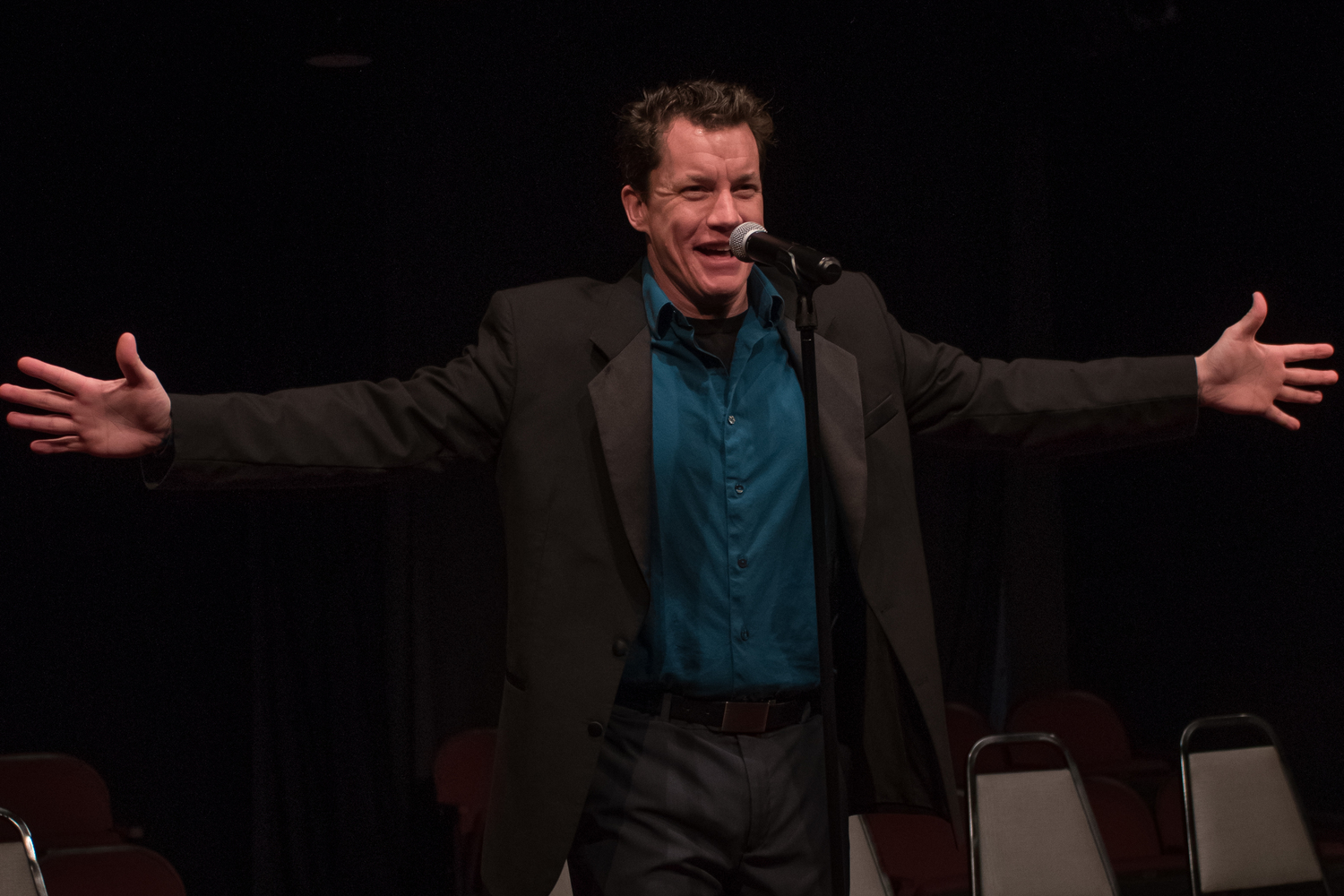Review: AN OAK TREE at Firehouse Theatre: Limitless Textual Interpretations Grounded By A Faultless Production

By Brent Deekens
In my tiny but artistically-fulfilling pilgrimage from playhouse to playhouse around the "River City" limits, I've occasionally prefaced articles advising would-be playgoers to exercise discretion or even a move of dignified cessation towards the acquisition of just about any background knowledge of a given theatrical piece before seeing it live (and hopefully for the first time). These curious though well-intentioned "tips of temperance" are modestly postulated for the purposes of enhancing the viewer's experience. Therefore, in regards to the Firehouse Theatre's AN OAK TREE: such abstentions should be applied tenfold by any first timer. Seriously: go in with a clean-slate - just put your phone away! Indeed, this personal diligence comparatively evokes the experiences (and presumed feelings) of the eight "Guest Actors" that undertake the ambiguous role of the "Father" for the individual performance - one new artist for every night of the play's limited run.And these actors - Aaron Anderson, Brandon Carter, Audra Honaker, Bommie Pederson, Tawnya Pettiford-Wates, Alan Sader, Foster Solomon, and Tyler Stevens - have never read, seen, nor bear virtually any prior knowledge of the piece before taking the stage with their costar (and the play's subsequent, step-by-step orchestrator) Landon Nagel. Thenceforth, these brave actors are active subjects (in context and blunt reality) to Mr. Nagel and his "Hypnotist" character with their every predetermined deed and spoken word onstage.
This is by design. Playwright Tim Crouch originated the role of the "Hypnotist" himself, bringing aboard a different "Father" for every performance. Ms. Pettiford-Wates played "Father" the night I witnessed the spectacle. Being a game and delightful trooper, she discovered "Father" with engaging sympathy, warmth, and subdued remorse... ... none of which could have been ascertained without the deft (and sometimes muffled) direction of Nagel.The play itself can be argued as a piece of conceptual art - or at least an amalgamation of the two devices. As such, though the play may polarize some viewers with its relative abstruseness (not unlike essentially all forms of conceptual art), others will find the experience unforgettable and unique - especially given the encouraged possibility of repeated viewings. The production itself is simple and well-executed, spearheaded by director Mark J. Lerman and delicately overseen by stage manager Lori Seman.
True to their inspiring canon of "Where New Lives," the Firehouse Theatre has delivered another seldom-seen and vastly original piece of theatre. By all means: keep up with the "new." It's eminently exciting to not quite know what we're getting into when we take our seats and the lights go down...!
AN OAK TREE plays through the 14th of April.
Reader Reviews
Videos

